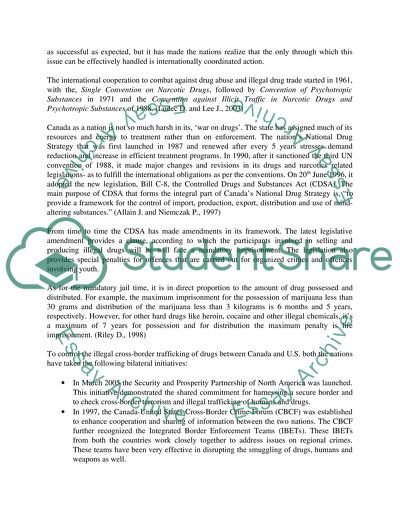Cite this document
(“Trafficking in Illegal Drugs and Persons Essay Example | Topics and Well Written Essays - 1250 words”, n.d.)
Retrieved from https://studentshare.org/miscellaneous/1505668-trafficking-in-illegal-drugs-and-persons
Retrieved from https://studentshare.org/miscellaneous/1505668-trafficking-in-illegal-drugs-and-persons
(Trafficking in Illegal Drugs and Persons Essay Example | Topics and Well Written Essays - 1250 Words)
https://studentshare.org/miscellaneous/1505668-trafficking-in-illegal-drugs-and-persons.
https://studentshare.org/miscellaneous/1505668-trafficking-in-illegal-drugs-and-persons.
“Trafficking in Illegal Drugs and Persons Essay Example | Topics and Well Written Essays - 1250 Words”, n.d. https://studentshare.org/miscellaneous/1505668-trafficking-in-illegal-drugs-and-persons.


